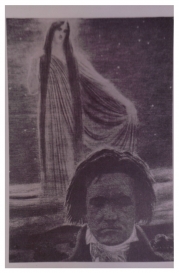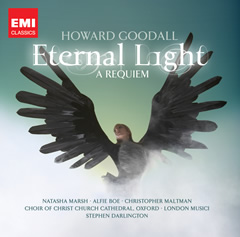 The Romantic idealOne of the aesthetic truisms that I absorbed during my undergraduate education, and have spent the subsequent years questioning,* is that great music has the quality of unity. This was purported to arrive in the music as the unconscious result of the composer’s genius, but could be uncovered via technical analysis. There were different dimensions in which you could identify this unity, Schenkerian tonal coherence and more or less hidden motivic connection in the manner of Réti being chief among them.
The Romantic idealOne of the aesthetic truisms that I absorbed during my undergraduate education, and have spent the subsequent years questioning,* is that great music has the quality of unity. This was purported to arrive in the music as the unconscious result of the composer’s genius, but could be uncovered via technical analysis. There were different dimensions in which you could identify this unity, Schenkerian tonal coherence and more or less hidden motivic connection in the manner of Réti being chief among them.
Even as a student, I was faintly perplexed by the equation of a spiritual attribute with concrete, technical details. I had a composer friend who was deeply taken by this aesthetic, and I used to ask him why, if the point about unity in great music was that it was created unconsciously, did he spend so much conscious effort constructing the motivic structure of his music? (He, on the other hand, felt I wasn’t taking our art sufficiently seriously when I upheld a valid role for whim in the compositional process.)





